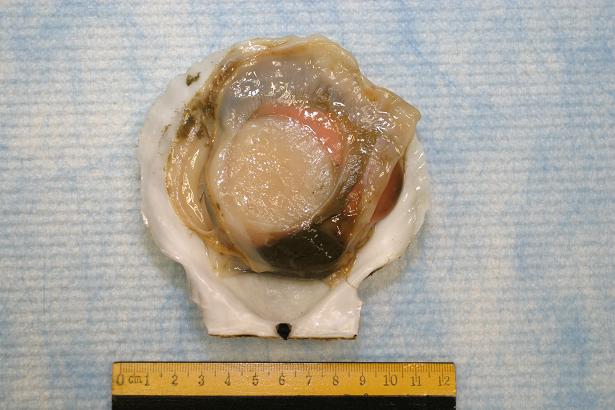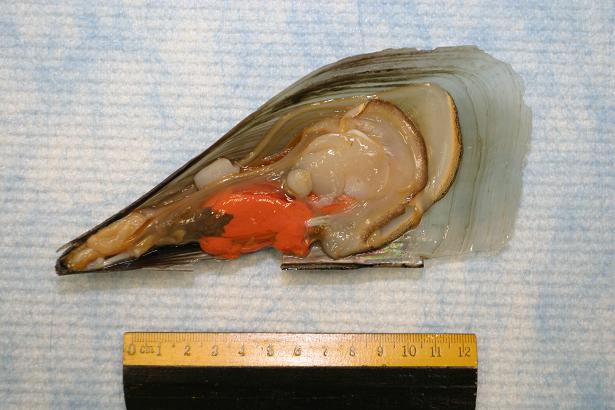Press Release
More reports of paralytic shellfish poisoning related to consumption of fresh scallops
18 May 2010
The Centre for Health Protection (CHP) of the Department of Health today (May 18) repeated its appeal to members of the public to avoid eating fresh scallops for the time being as more reports of suspected paralytic shellfish poisoning were received.
A spokesman for CHP said that as at 3pm today, the centre had received reports of nine more people falling sick after consuming fresh scallops, bringing to 26 the total number of affected people since May 15, 2010. They were suspected of having paralytic shellfish poisoning.
The nine affected patients, who came from four clusters, comprised four men and five women aged between 22 and 72. Their main symptoms included limb weakness, dizziness, blurred vision, nausea, vomiting, diarrhoea and slurring of speech within an hour after consuming scallops at home on May 16 and 17.
Among them, six people attended the Accident and Emergency Departments of Princess Margaret Hospital, Tseung Kwan O Hospital, United Christian Hospital and one visited a general practitioner. All of them are in stable condition.
According to preliminary histories, the fresh scallops were bought from four markets in various districts including Sham Shui Po, Tseung Kwan O, Lam Tin and Tin Shui Wai.
The cases have been referred to the Food and Environmental Hygiene Department for follow up action.
Members of the public should seek medical advice immediately if they develop shellfish poisoning symptoms and save any leftovers for investigation and laboratory testing, the spokesman said.
The CHP's investigation continues.
Shellfish poisoning can result from ingestion of shellfish contaminated with phycotoxins produced by free-living micro-algae, upon which the shellfish feed. Bivalve shellfish such as scallops, clams, mussels, oysters, fan shells, are filter-feeders and common vehicles responsible for shellfish poisoning.
"Depending on the type of toxin, the clinical symptoms of shellfish poisoning include tingling, numbness, burning of perioral region, diarrhoea, abdominal pain, nausea and vomiting. Severe cases may have difficulty in speaking or breathing. Symptoms usually occur a few minutes to a few hours after consumption of the contaminated shellfish," the spokesman said.

